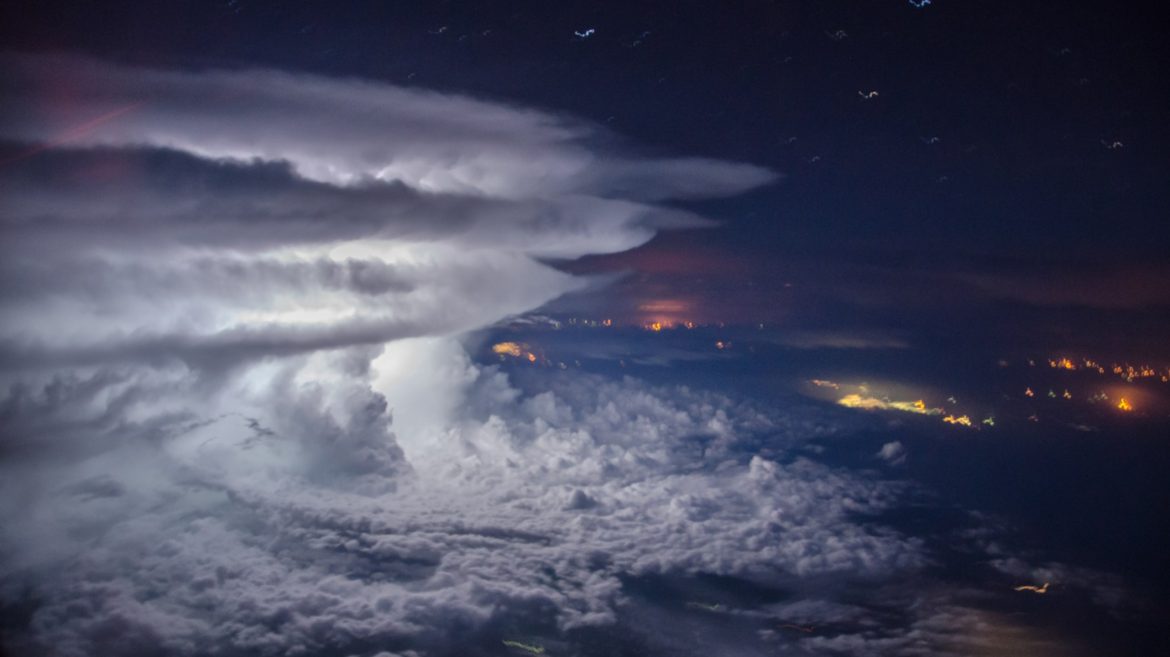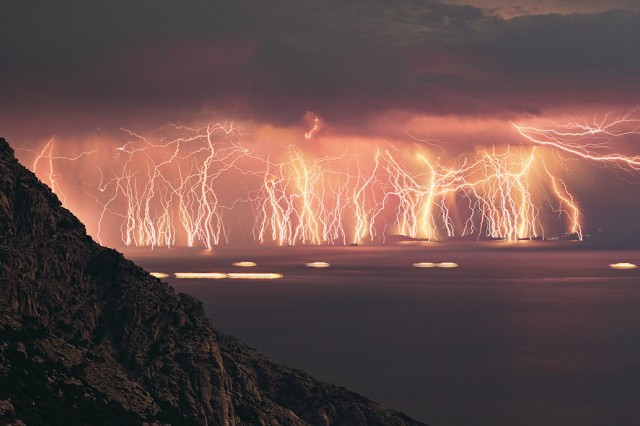June 18th-24th is national lightning safety awareness week.
Each year lightning kills 50 to 100 people in the USA (500 injuries). During an average year in Colorado, lightning will kill 3 and injure 18 people. Men are struck by lightning four times more often than women. Colorado has the 3rd highest lightning casualty rate in the nation. A typical 100-million volt lightning flash can heat the air to more than 40,000°F. The contact voltage of a typical industrial electrical shock is 20 to 63 kilovolts, a lightning strike delivers about 300 kilovolts. The saying “lightning never strikes twice in the same place” is false. The Empire State Building is struck by lightning on average 100 times each year, and was once struck 15 times in 15 minutes.
People are struck by lightning all the time. In fact, here in Colorado, just last week a man was killed by lightning while walking to his parked car at the Mile-Hi Flea Market. Over the last few days, 69 people were killed by lightning in India.
 .
.
Even airplanes get struck by lightning.

Although most lightning mortality is through cardiac and neurologic events, other organ systems can be affected. Further complications may include respiratory distress syndrome, pulmonary edema, renal failure, retinal lesions, and rhabdomyolysis. Most of the current from a lightning strike passes over the surface of the body in a process called “external flashover” and results in deep burns at the point of contact most commonly on the head, neck and shoulders. Sometimes the burns come in the form of Lichtenberg figures (graphic picture but SFW). Lightning can catch your hair on fire. All lightning strike burns are highly prone to infection. Other complications caused from lightning strike include: Contusion or internal hemorrhage of brain, lungs, liver, intestine or other organs, bone fractures and bruises, numbness/weakness in limbs, partial or complete (but temporary) paralysis, tympanic membrane ruptured (typical), transient blindness, photophobia , conjunctivitis, corneal damage, retinal abnormalities (macular hole), and cataracts.
If the physical effects weren’t enough, 70 percent of lightning survivors experience residual effects, most commonly affecting the brain (neuropsychiatric, vision and hearing). These effects can develop slowly, only becoming apparent much later. Survivors complain of intense headaches, ringing in the ears, dizziness, nausea, vomiting and other post-concussion types of symptoms. Survivors also experience difficulty sleeping, often sleeping excessively at first and then only two or three hours at a time. some develop seizure-like activity several weeks to months after the injury. Many lightning victims may suffer personality changes because of frontal lobe damage and become quite irritable and easy to anger. As a result, many isolate themselves, withdrawing from church, friends, family and other activities. Other neurologic disorders include: loss of consciousness or coma, amnesia, anxiety, confusion, aphasia, seizures, electroencephalographic abnormalities, brain damage, neuropathy, memory disorders, concentration disturbances, irritability, lightning storm phobia, and post traumatic stress disorder. The experience can be so dramatic that there is a Lightning Strike Survivors Support Group. The pathology of lightning, or keraunopathy, is known only to a few specialists.
And if all that wasn’t enough lightning will often explode, tear, shred, or burn your clothes right off you – leaving you not only very disoriented, but at least partially naked.
On a happier note, only about 20 percent of lightning victims are immediately struck dead.
Other links of note:
Wearing a bra can get you struck by lightning.
A recent scientific study strengthens the belief that metallic supports in modern bras could attract lightning and strike their wearers dead. An unconfirmed instance of this occurred circa 2000 in Hyde Park, London, when two women hiding under a tree died after being struck by lightning. The forensic report said “lightning discharge was channeled into the metal brassieres, leaving burn marks on the women’s chests.”
Roy Sullivan was struck by lightning seven times. His wife was struck once. He died by suicide.
US lightning strikes during the last two hours
Selected Incidents from the “It Can’t Happen to Me” Library
Over 200 cool lightning photos
Tips on taking photographs of lightning
Stories of lightning strike survivors
Your chance of being struck by lightning: 1 in 280,000
Lightning Kills! posters
Lightning Kills public service announcement






![image14[1] Lightning Strike](http://www.artifacting.com/blog/wp-content/uploads/2010/12/image141-640x425.jpg)

